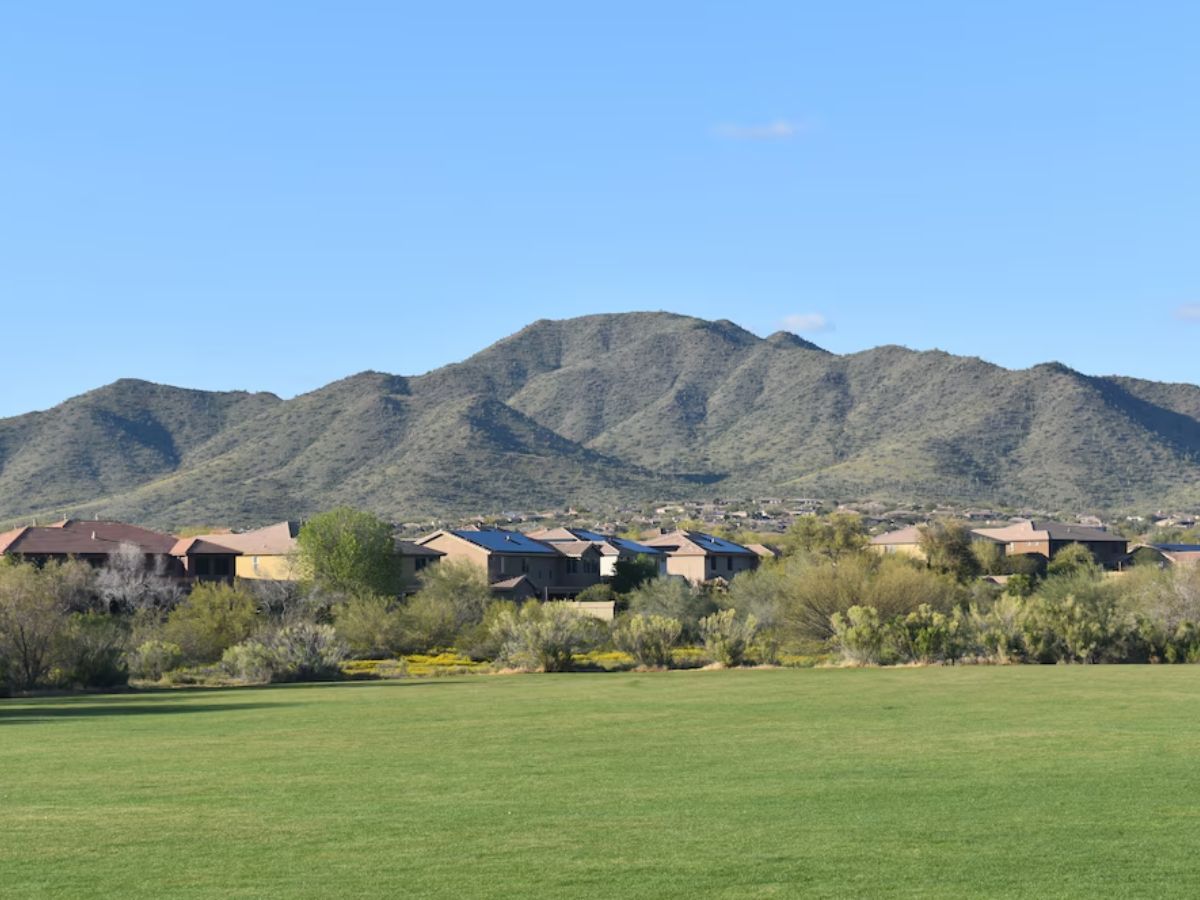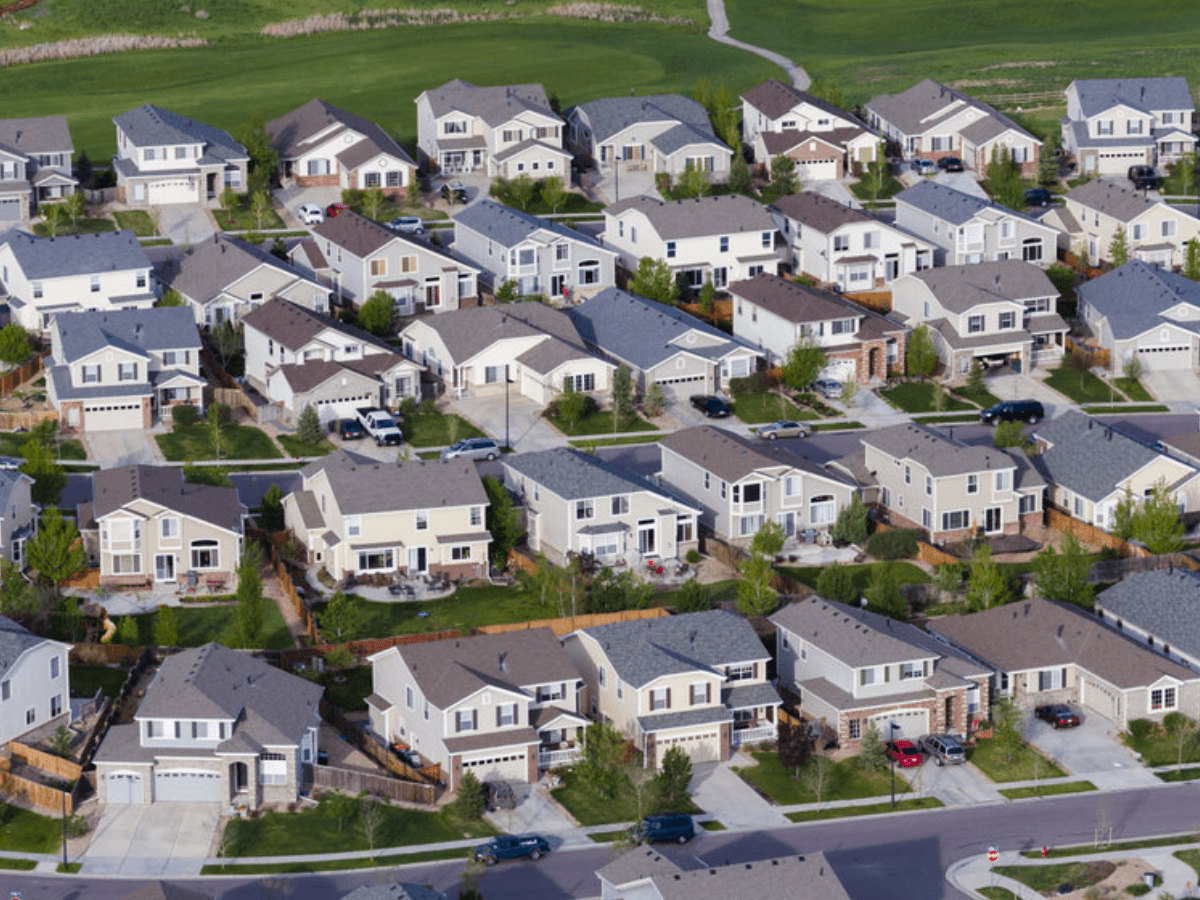
U.S. Homes Are Getting Smaller. Why?
For decades the American dream meant a big house with a white picket fence and maybe even a “McMansion” with sprawling square footage and rooms to spare. But as painful mortgage rates and soaring construction costs squeeze budgets, that dream is being downsized.
New data shows the average U.S. home for sale has shrunk by 7% since 2020, to 1,800 square feet, the smallest size since 2010. Meanwhile builders are pivoting to smaller, more affordable designs, scrapping extra bedrooms, garages and home offices to keep prices reasonably priced.
Why are homes shrinking? The short answer: Americans can’t afford big houses anymore because:
- Mortgage rates near 7% (compared with sub-4% in 2019) have slashed buying power.
- Only 20% of renters can now afford a new home, down from 42% in 2019.
- Construction costs — from lumber to labor — have skyrocketed.
- Insurance and regulatory expenses keep kicking prices higher.
A few years ago, people wanted home offices and gyms. Now they just want a roof over their heads, says Ali Wolf, chief economist at Zonda, a housing research firm, adding: this isn’t a temporary trend but a structural shift.
Texas Goes Small (Yes, Really)
Even in Texas — where everything is famously bigger — lawmakers are rethinking housing rules to allow smaller homes on smaller lots. Lieutenant Governor Dan Patrick backs the move, noting that median home prices in the state have jumped 40% since 2019.
In El Paso, nonprofits like Project Bravo see families doubling or tripling up to afford a home. Everyone of working age has to sign on the mortgage, including adult kids, says executive director Laura Ponce.
Builders Adapt But Profits Take a Hit
Homebuilders like DR Horton, Lennar and Toll Brothers have seen stock prices plummet 27-33% in the previous year as affordability woes bite.
To attract buyers, some are offering subsidized mortgages or introducing tiny “cottage” homes (as small as 1,000 square feet with no garage). Townhouses and duplexes are also soaring in popularity.
Most people would prefer a detached house, but if they can’t swing it a townhome is the next best thing, says Jessica Hansen, a DR Horton executive.
Will smaller homes actually be cheaper? Not necessarily. Sure, square footage is shrinking, but construction costs remain high, meaning buyers still face steep prices — just for less space.
Margins are slimmer on smaller homes, says Tony Avila of Builder Advisor Group. And in wealthy neighborhoods, resistance to smaller, cheaper homes persists. Longtime residents argue: “We don’t want ‘cheap’ houses lowering our property values.”
With affordability unlikely to improve soon, experts predict:
- More multi-generational living (adult kids staying home longer).
- Tiny lots and prefab homes gaining traction (if zoning laws allow).
- Garages and extra rooms becoming rarer.
The era of the McMansion isn’t completely over but for many Americans, the dream now comes in a much smaller package.
It’s not about what people want anymore, says Wolf. It’s about what they can afford.
Were the trend to continue the next generation of homebuyers would not remember a time when “bigger was better.” The American dream is still alive, it’s just getting a little cozier.



